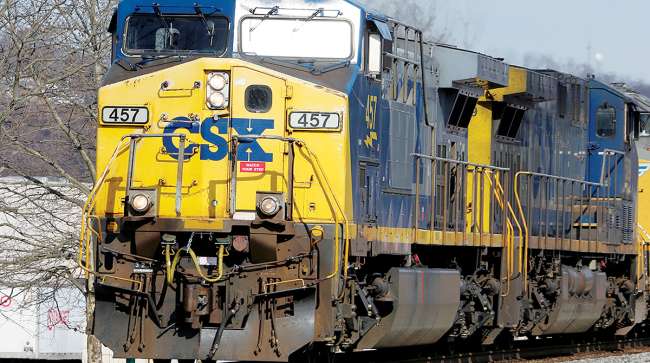Senior Reporter
Freight Railroads Record Progress on PTC Implementation, AAR Says

Large freight railroads functioned with the use of automatic braking technology for 83.2% of miles required by law, the Association of American Railroads announced Jan. 24. That proves the Class I railroads met 2018 requirements, and they are expected to finalize the implementation of positive train control technology by the final deadline of Dec. 31, 2020.
“Each day, the freight railroads expand PTC operations, further reducing the risk of accidents on the nation’s rail network,” said Ian Jefferies, CEO of AAR. “The railroads’ commitment to safety is unwavering, and this industry is proud of its accomplishments in this immense undertaking.”
Class I railroads include BNSF Railway Co., U.S. operations of Canadian National Railway Co. and Canadian Pacific, CSX Transportation Inc., Kansas City Southern, Norfolk Southern Co. and Union Pacific Railroad.
AAR's CEO Ian Jefferies is speaking at @usmayors #MayorsDC19 conference today. "We want people here and everywhere to understand: This is not your grandfather’s railroad." https://t.co/hIvdMgnRLK pic.twitter.com/zv98zcbUQP
— AAR (@AAR_FreightRail) January 24, 2019
By law, major freight and commuter rail systems are required to implement PTC.
To assist railroads with regulatory compliance, the Federal Railroad Administration indicated it “sought to hasten and facilitate the deployment” of the safety technology, according to information the U.S. Department of Transportation released.
The department also noted Transportation Secretary Elaine Chao wrote to the railroads in December 2017 to stress the importance and urgency with adhering to federal requirements, and directed FRA’s prioritization of PTC’s implementation.

